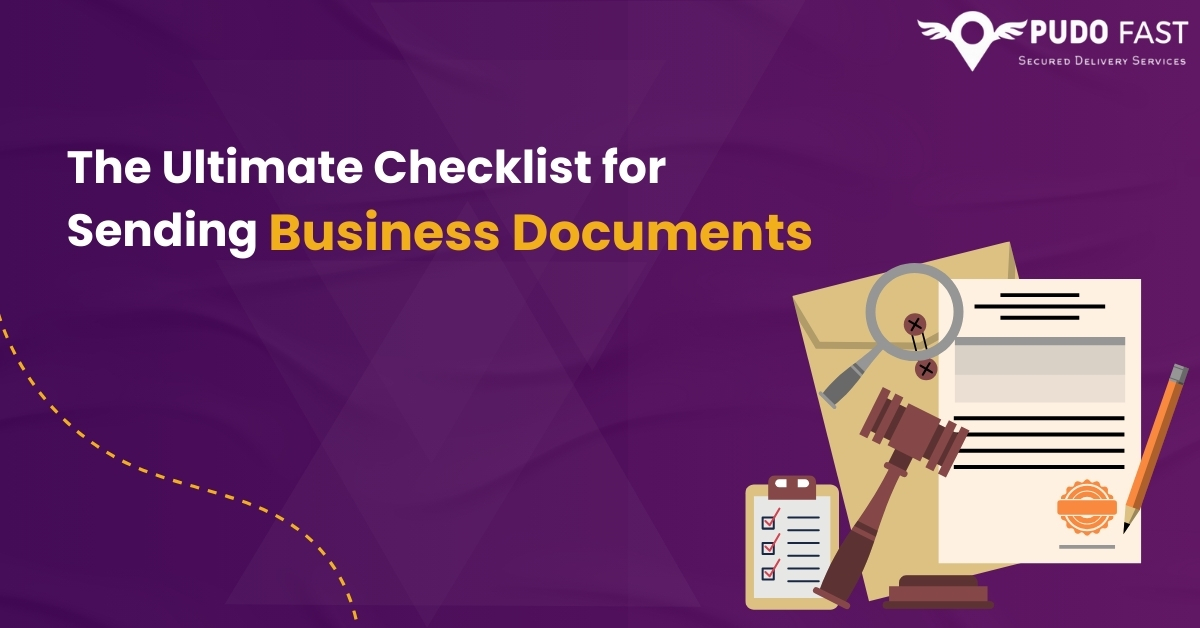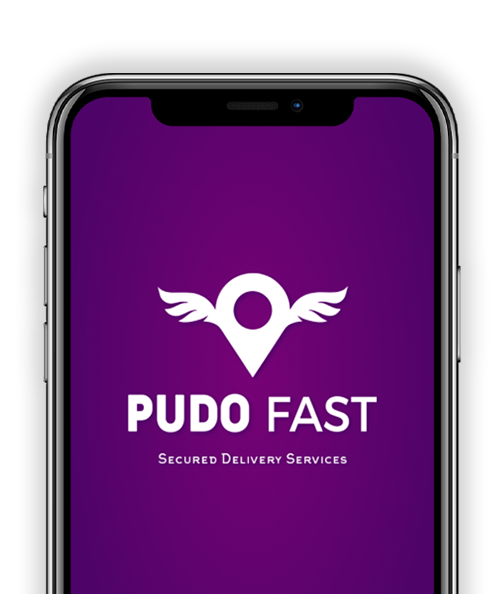
Your foolproof guide to secure, accurate, and hassle-free document delivery in a fast-moving world.
Sending business documents isn’t just about getting something from point A to point B.
It’s about protecting information. Preserving reputations. Meeting deadlines that don’t wait for shipping errors. And yet, in 2025, when we can track pizza in real-time, too many professionals still gamble on outdated or sloppy delivery methods for high-value files.
Whether you’re a startup founder working from a Brooklyn coworking space, a small law firm in Midtown, or a busy parent handling your family business from your kitchen island, how you manage document delivery matters.
Here’s your no-nonsense, experience-backed document delivery guide. Let’s make sure your next shipment goes off without a hitch.
Why Accuracy and Security Matter When Sending Business Documents
A single mistake in delivery isn’t just inconvenient, it can be costly.
According to a 2023 Pitney Bowes study, nearly 15% of business-critical documents are delayed, lost, or mishandled. That’s one out of every seven shipments. The consequences? Broken deals, legal disputes, damaged client trust, and sometimes even regulatory fines.
When it comes to sending business documents, precision and privacy aren’t optional; they’re your professional baseline. That’s why investing in smart, tech-enabled document delivery services is not just smart, it’s essential.
Step 1: Preparing Your Documents for Sending
Before you worry about packaging or couriers, make sure your paperwork is airtight.
Checklist before sealing the envelope:
- Confirm all signatures, initials, and dates are completed.
- Organize documents with a cover page or index.
- Use paper clips instead of staples for easier scanning.
- Make high-res digital copies and store them securely.
If you’re sending original documents like legal contracts or notarized forms, don’t just scan them, archive them in cloud storage with version control for peace of mind.
Step 2: Choosing the Right Courier Service
Not every delivery service is built for secure business shipping. Some prioritize speed. Others, scale. Few do both with discretion and reliability.
When comparing options, ask:
- Do they offer live tracking and delivery confirmation?
- Is their last-mile delivery network dependable and vetted?
- How do they handle failed delivery attempts?
- Can they prove who received the package?
Pudo Fast, for example, partners with DoorDash’s urban delivery network while adding OTP-secured lockbox technology, offering the rare blend of speed and confidentiality most standard services lack.
Step 3: Ensuring Confidentiality and Privacy
Sensitive files need more than just a padded envelope.
If you’re mailing contracts, financials, medical records, or anything with PII, insist on features like:
- Tamper-proof packaging materials
- One-time-password (OTP) authentication for delivery access
- Lockboxes are placed in secure, controlled access areas
- Digital confirmation with timestamps and photo evidence
These layers of protection aren’t just for peace of mind, they serve as legal proof that you handled the documents with appropriate care.
Step 4: Packaging and Labeling Your Documents Properly
Presentation isn’t just about aesthetics, it’s about preventing delivery errors.
Your courier checklist for documents should include:
- Rigid mailers or heavy-duty folders to prevent damage
- Bold “Confidential,” “Time Sensitive,” or “Do Not Bend” labels when appropriate
- Machine-printed labels to avoid address smudges or scanning errors
- Inside packaging info: contact number, alternate address, or client name
Also, avoid taping over barcodes or shipping details it can lead to scanning issues or failed delivery.
Step 5: Understanding Delivery Timeframes
Business deadlines aren’t flexible, and neither should your delivery plan be.
There’s a big difference between:
- Guaranteed next-day delivery vs “best effort” promises.
- Same-day local courier drop-offs vs. regional overnight shipping.
- Weekend and after-hours options, especially for law offices or consultants.
Tip: Always ask about cut-off times. Some services list “same-day” but require orders before noon. Pudo Fast offers flexible delivery windows in dense urban areas, helping you stay punctual without playing guessing games.
Step 6: Tracking Your Shipment in Real-Time
Blind shipping is outdated, especially when the stakes are high.
Choose a provider that offers:
- Live location tracking via app or desktop dashboard
- Instant SMS or email status updates
- Delivery event logs you can export for records or compliance
Document delivery services that don’t offer transparent tracking are asking for trust they haven’t earned. You shouldn’t be left wondering whether the package got dropped off; you should know.
Step 7: Verifying Delivery and Receipt
You did your part, now make sure it lands in the right hands.
Ways to confirm secure delivery:
- Request signature confirmation or ID verification
- Use OTP-secured lockboxes to restrict access to only the recipient
- Send a follow-up email with delivery time and recipient details
Pudo Fast’s lockboxes require the recipient to input a one-time password, adding a digital handshake to an analog task. No more wondering if it got left in a lobby or handed to the wrong person.
Step 8: Managing Legal and Compliance Requirements
If your documents fall under regulatory frameworks like HIPAA (healthcare), GDPR (data protection), or FINRA (financial services), you’re held to a higher standard.
Ask your courier:
- Is your document handling process compliant with applicable regulations?
- Can I access delivery logs with timestamps and delivery agent info?
- How is the data, both physical and digital, protected in transit?
Don’t rely on marketing claims. Look for transparent compliance documentation, and make sure your internal delivery processes are audit-ready.
Common Mistakes to Avoid When Sending Business Documents
Even seasoned professionals make preventable errors. Here are the top ones:
- Using low-cost, non-tracked services for sensitive files
- Forgetting to back up originals before mailing
- Writing the recipient’s address by hand and incorrectly
- Overlooking public holidays or regional delivery blackouts
- Assuming “overnight” actually means next morning delivery
Knowing how to send business files properly is about more than logistics; it’s about protecting your brand, your reputation, and your peace of mind.
A Smooth and Secure Business Document Delivery Process
There’s a difference between sending something and delivering it well.
When you follow a system, from prepping clean documents to choosing the right tech-backed courier, you don’t just reduce stress. You reduce risk. You gain time. You signal professionalism.
Think of it like this:
Every secure, on-time delivery is a small but powerful message to your clients, your team, and your industry that you know what you’re doing.
With document delivery services like Pudo Fast, built for modern business demands, you don’t have to trade speed for security or convenience for compliance. You get real-time tracking, secure access, and delivery solutions designed for life in motion.
Takeaway
In business, how you deliver matters. Whether you’re shipping one-page contracts or a 200-page portfolio, don’t leave it to chance. Treat your documents like the assets they are and choose tools that treat them the same.
Because in a world full of deliveries, the smart ones stand out.




